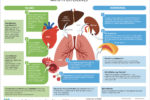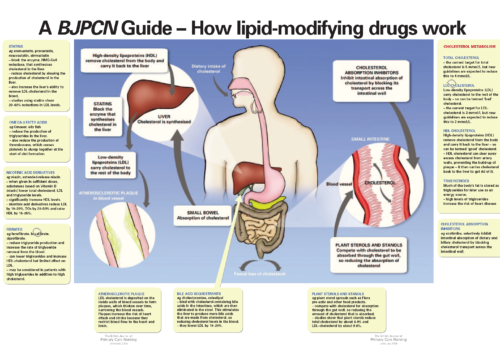Testing patients’ lipids is an important measure in the detection and management of risk factors for cardiovascular disease (CVD). Cholesterol testing and management is one of the success stories of CVD prevention over the past few years. In this article, we review who we should be testing and what lipids we should be measuring. Looking to the future, testing a wider range of patients and using more aggressive treatment to reach targets will enable us to further reduce the number of patients suffering heart attacks and strokes.























